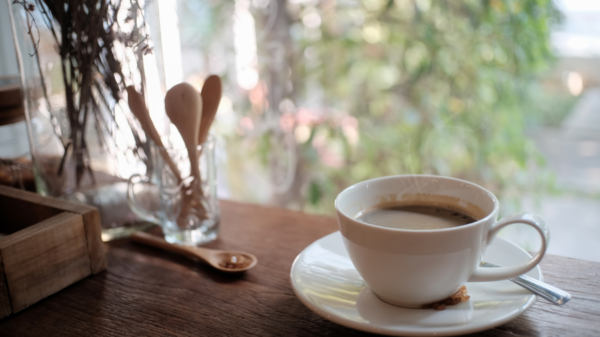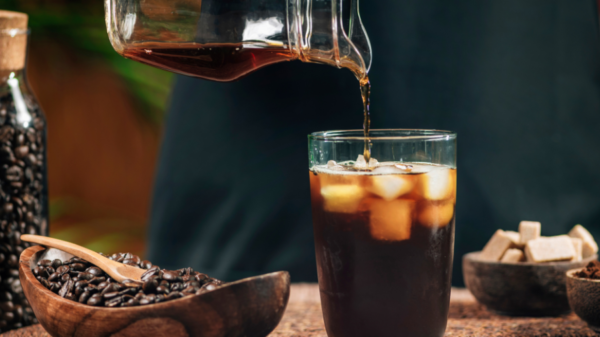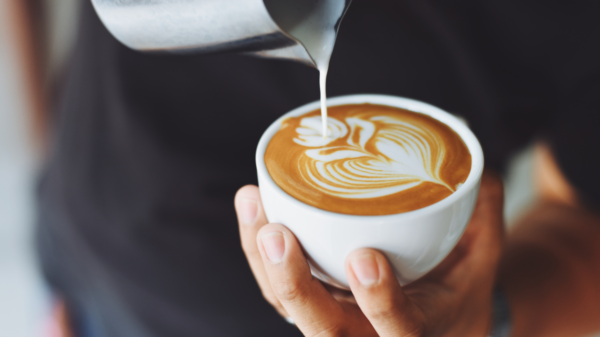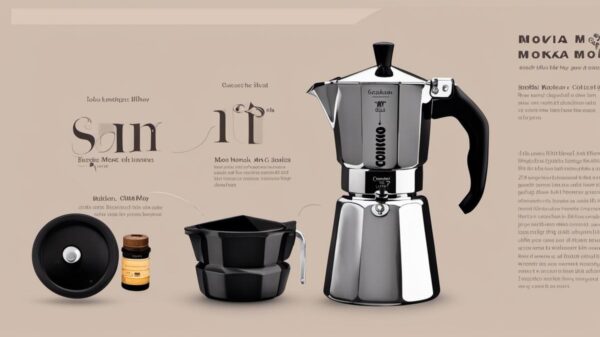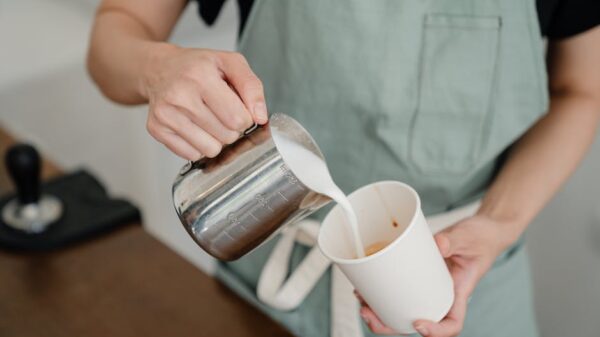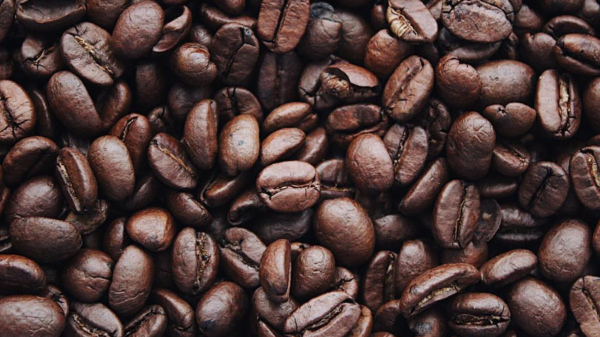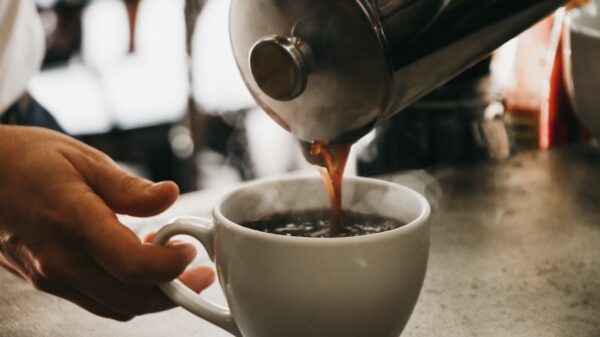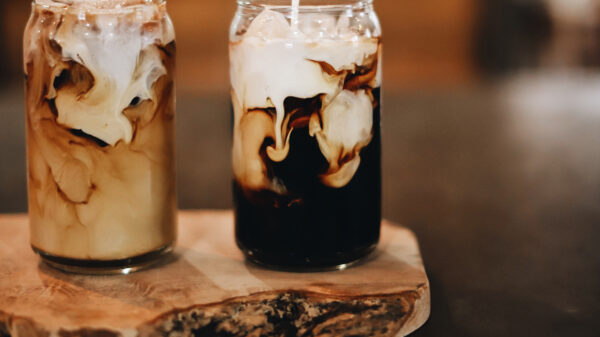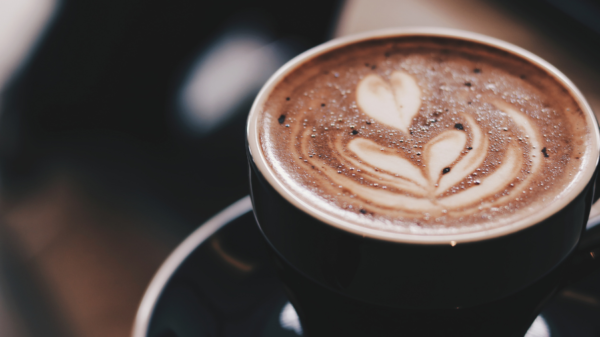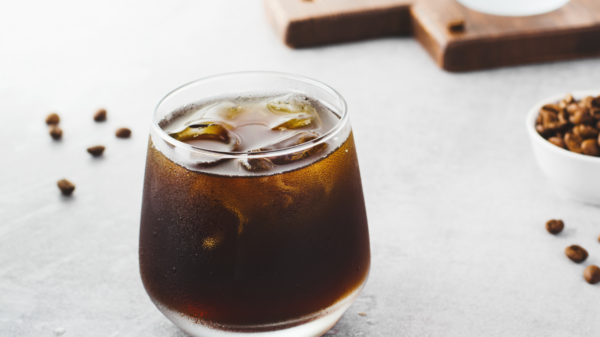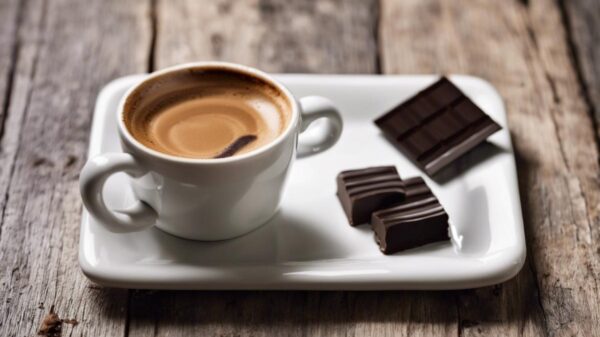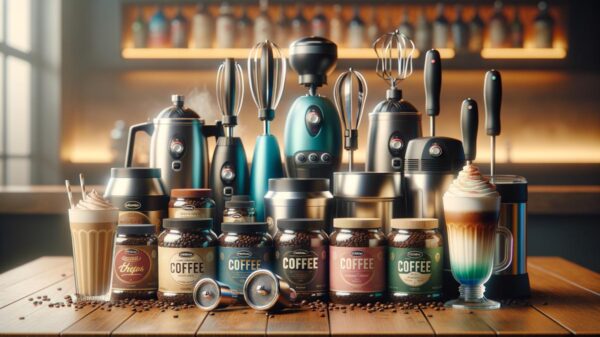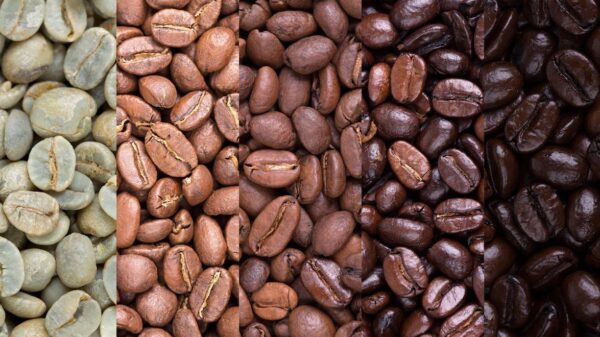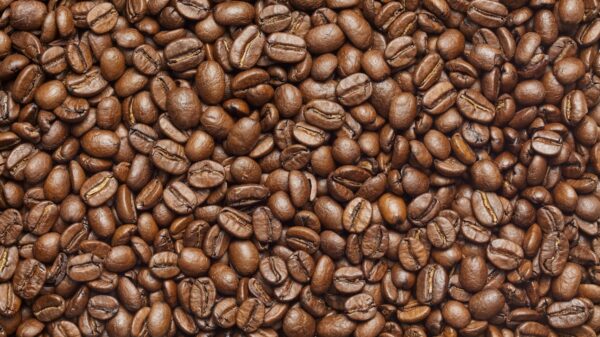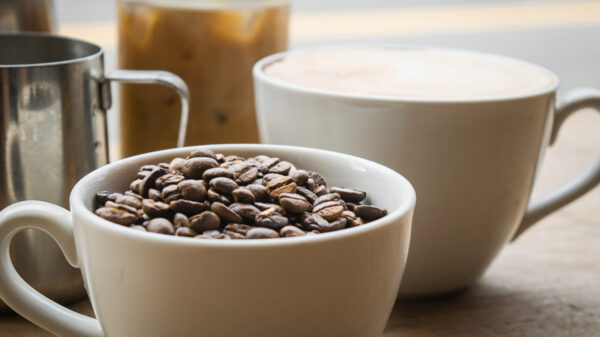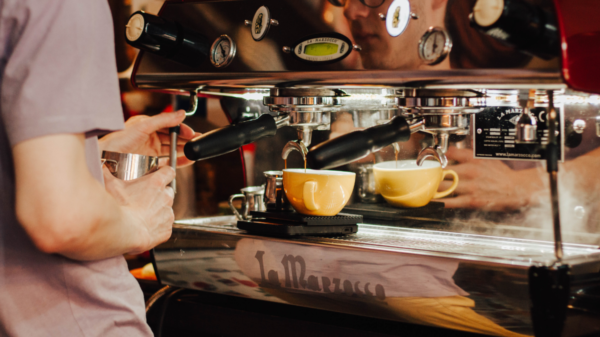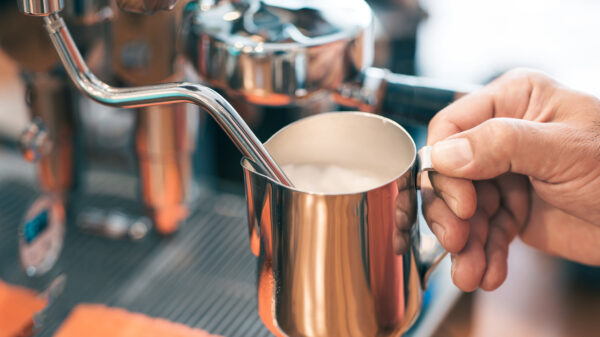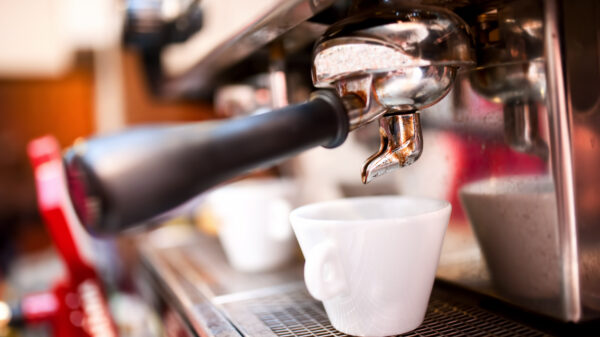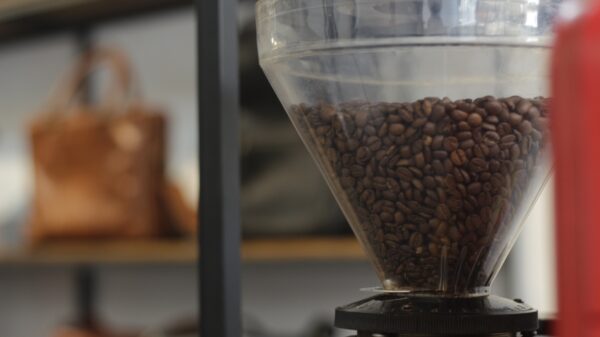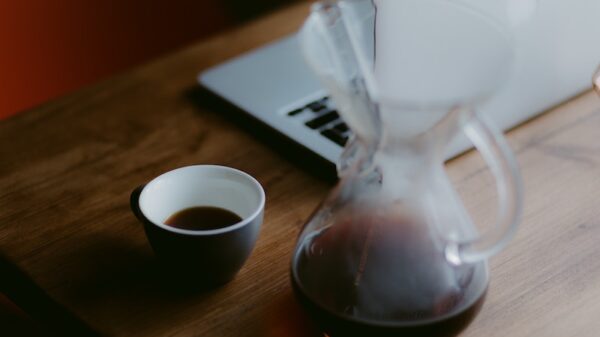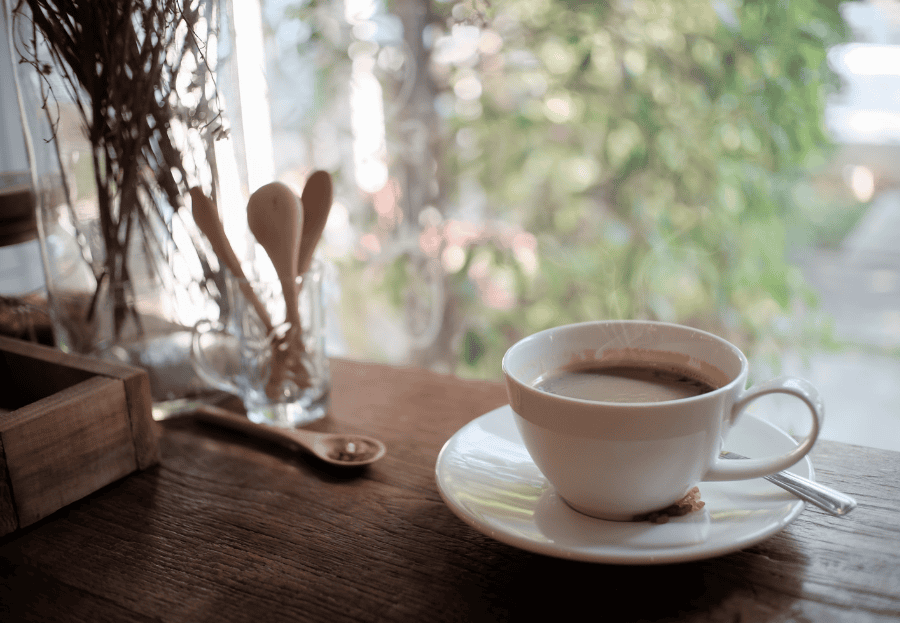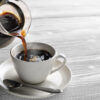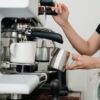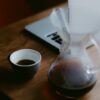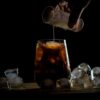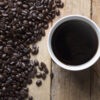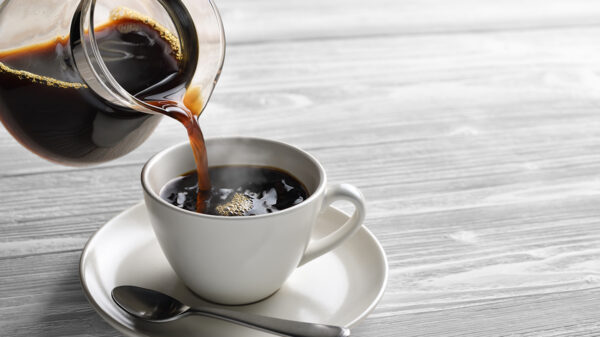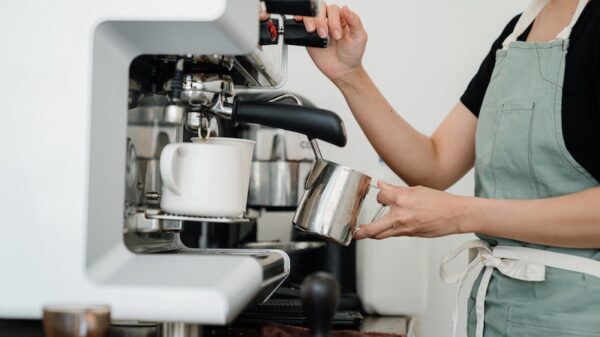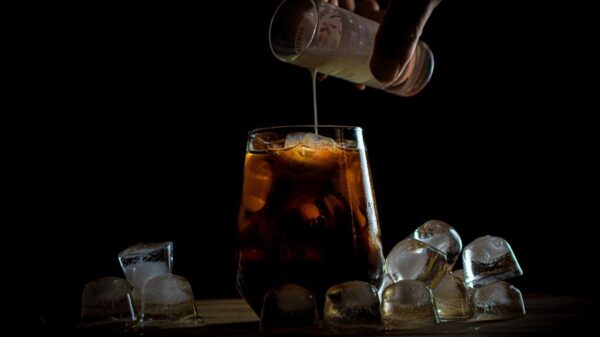Ultimate French Press Coffee Guide
Preparation of French Press Coffee Grounds
Selecting the right grind size is essential when preparing French press coffee. The ideal granularity is coarse, often described as resembling sea salt. This coarser grind prevents the grounds from slipping through the press filter and into your cup, which can happen with finer particles. A coarse grind ensures a slow and even extraction, which is critical for developing the coffee’s full flavor without extracting too much bitterness.
The process begins with a reliable grinder, preferably a burr grinder which offers exceptional consistency in grind size. Unlike blade grinders, burr grinders operate with precision, ensuring that each coffee bean undergoes uniform treatment. The consistency in size directly influences the interaction between the hot water and coffee grounds, promoting a balanced extraction.
Measuring is key; too much deviation either way and your morning brew might tilt towards bland or overly assertive. A standard measure when using a French press is roughly 7-8 grams of coffee per 4 ounces of water.1 Adjusting this ratio according to personal taste can transform the resulting cup from merely enjoyable to carefully customized.
Additionally, the amount of time the grounds interact with hot water translates directly into the taste. Typically, experts agree on a window of about four minutes before pressing, but altering this duration can fine-tune the profile of each batch of coffee. Experiment with slightly shorter or longer brew times—each minute morphs the flavor.
Once the coffee grounds meet the pre-boiling water—ideally heated to around 200 degrees Fahrenheit—the magic of extraction begins. Initiate this with a gentle pour-over, ensuring all grounds are fully saturated. After the initial pour, allow the coffee to stand for a moment, encouraging any gases trapped in the oils of the coffee to escape.
This precision-oriented process lays the groundwork for what promises to be an invigorating cup of coffee, rich in texture and comprehensive in flavor. By guiding the water through its interaction with coarsely ground beans methodically weighed and measured, this brewing style becomes an art as much as it does science.
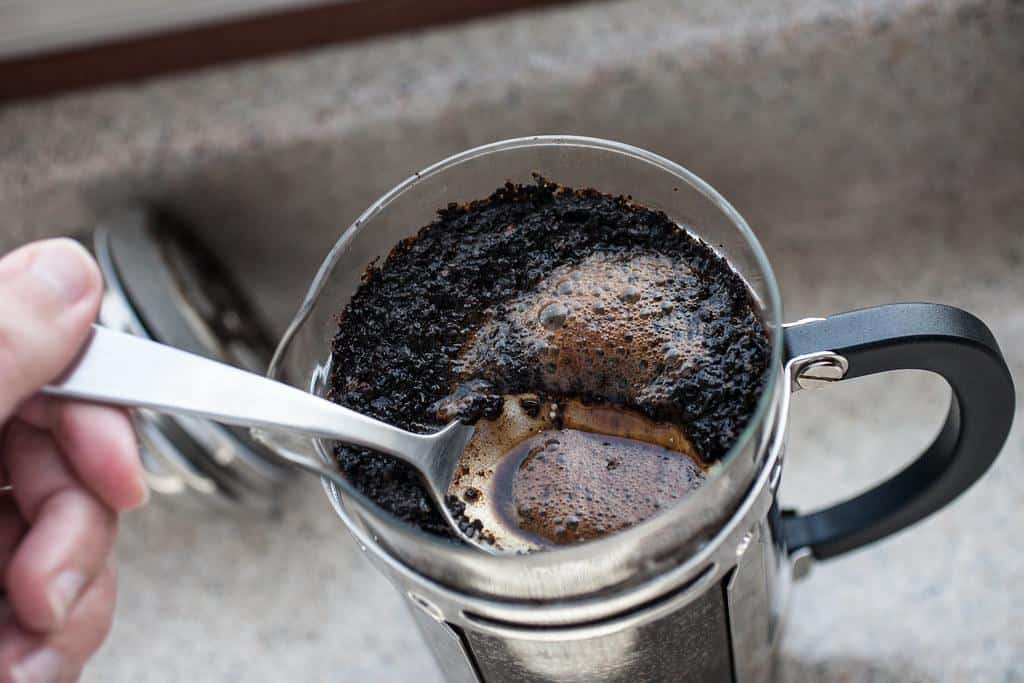
Water Temperature and Brewing Time For French Press Coffee
Water temperature and brewing duration are crucial variables that dictate the symphony of flavors in each cup of French press coffee. They directly influence extraction, which in turn affects the overall body, acidity, and taste of the coffee.
Choosing the ideal water temperature is important. Water that is too hot can scorch the grounds, extracting unpleasant bitterness and astringency. Conversely, water that’s not hot enough will under-extract, leading to a weak, insipid brew. The optimal temperature for French press coffee hovers around 195 to 205 degrees Fahrenheit—a range hot enough to facilitate thorough extraction yet gentle enough to preserve the coffee’s delicate flavors.2
Moving on to brewing duration, this segment of the process requires as much precision and attention. The recommended four-minute steep is often heralded as the ‘golden window’ for French press brewing. It offers just enough time for the hot water to coax the full range of flavors out of the coarsely ground coffee without veering into bitter territory. However, slight variations within this time frame can accentuate different flavor notes and yield personalized results.
Mastering water temperature and brewing duration forms the cornerstone of adept French press preparation. With each precise adjustment, the method becomes less about merely making coffee, and more about crafting a bespoke experience. Cultivating an understanding of these key components can elevate your French press technique from ordinary to exceptional.
French Press Coffee Pressing and Serving Techniques
Employing the right pressing and serving techniques not only heightens the overall sensory experience of enjoying French press coffee but also ensures the consistency and quality of every cup served.
After your chosen brew time concludes, applying the plunger is the next critical step. Approach this action with a blend of firmness and gentleness. The ideal press should be executed with a steady, controlled motion. Rapid or forceful pressing can agitate the grounds excessively, causing increased sediment in your cup and introducing unwanted bitterness. Envision this gesture as a smooth plunge that respects the brew.
Should you encounter significant resistance while pressing, consider revising the coarseness of your grind; grounds that are too coarse or too fine will compromise both the pressing sensation and your coffee’s final texture.
Equally important is the art of serving. Once you’ve pressed, serve the coffee immediately to avoid further brewing and bitterness. When pouring, aim to do so in a single, fluid motion to minimize the disturbance of any coffee sediment at the bottom. For larger gatherings, consider decanting the coffee into a thermal carafe to preserve its heat and flavor profile.
Pre-warming the cups enhances the experience, ensuring the coffee retains its temperature longer. Fill each cup three-quarters full, leaving room for cream or sugar if desired.
Perfecting this sequence of French press preparation enriches the ritual itself. Each step, from weighing and grinding to brewing, plunging, and serving becomes an expression of culinary craft—an interplay of precise science and thoughtful art.
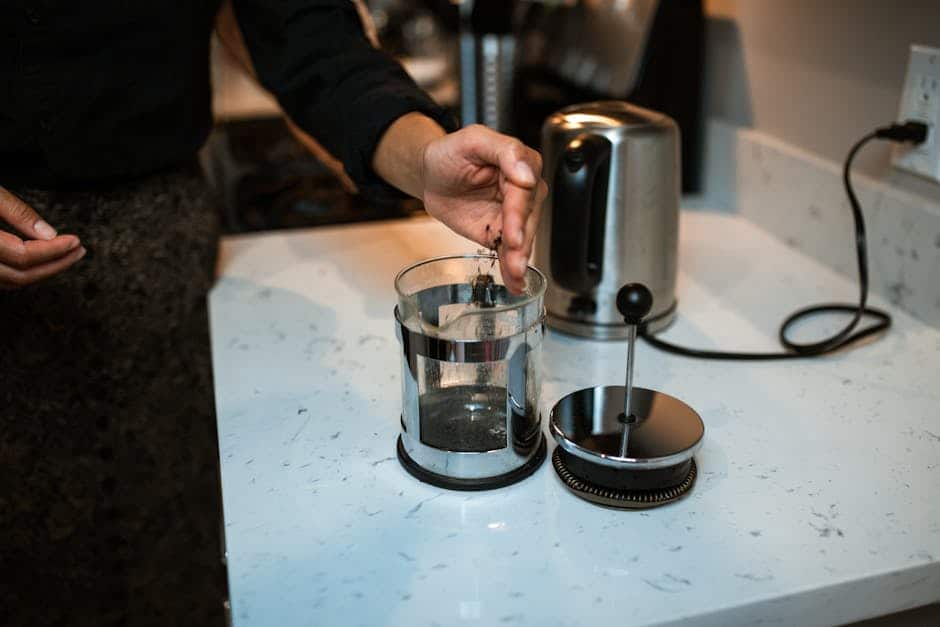
- Hoffmann J. The World Atlas of Coffee: From Beans to Brewing — Coffees Explored, Explained and Enjoyed. 2nd ed. Firefly Books; 2018.
- Rao S. The Professional Barista’s Handbook: An Expert Guide to Preparing Espresso, Coffee, and Tea. 1st ed. Scott Rao; 2008.

